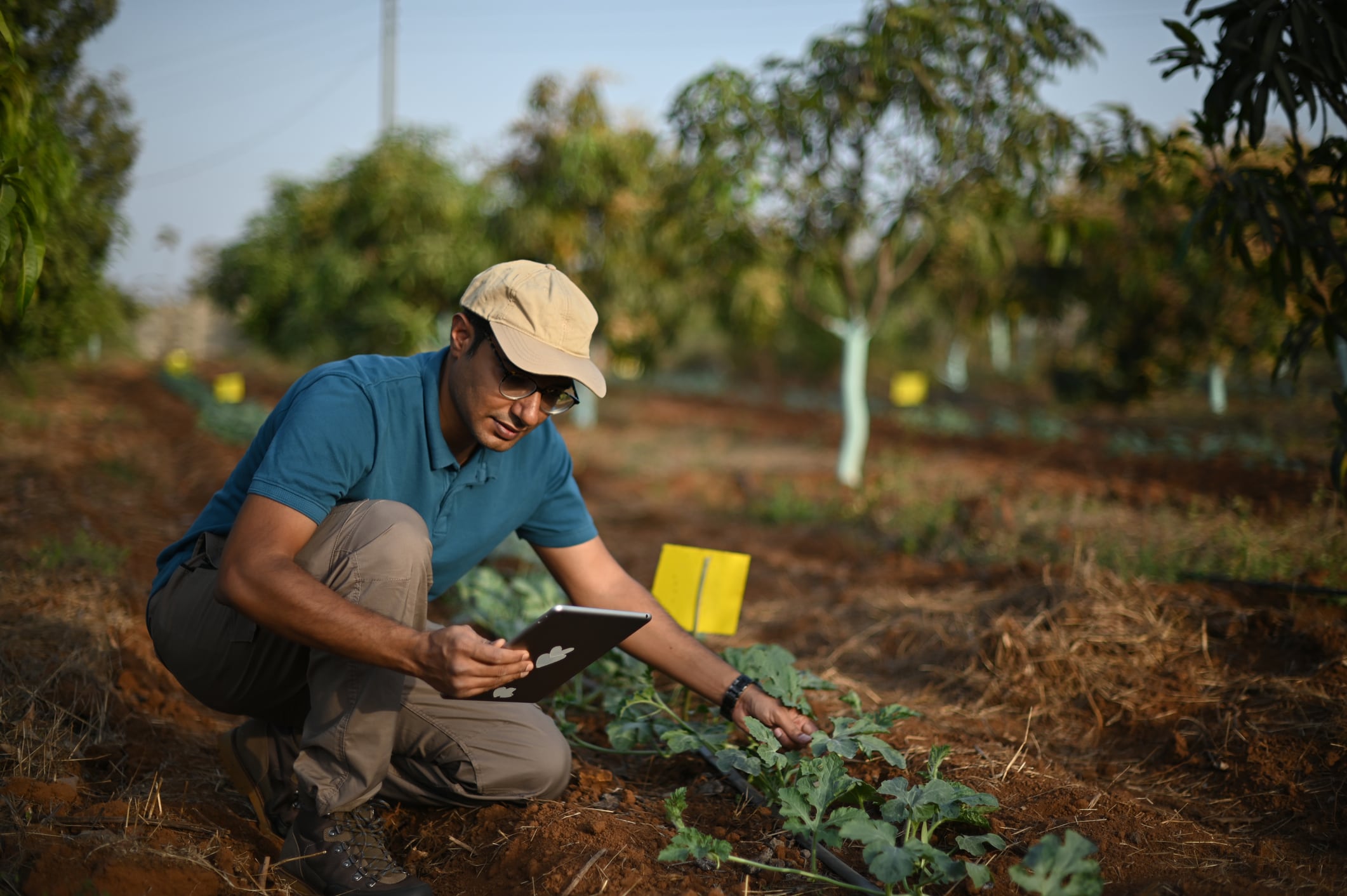The Edinburgh based company, founded in 2019 by the late Gary Loake, focused on developing natural plant-based wellness ingredients through biotechnology, a process which involved collecting plant samples, cleaning and cultivating stem cells and scaling production in bioreactors to extract beneficial compounds.
However, following an unfortunate series of events, Green Bioactives was unable to raise the minimum funds needed to attain pre-awarded grants after an investment fell through.
“It’s a brutal time for anyone trying to raise money, especially if you’re in the development phase,” Meaney said. “There just doesn’t seem to be money out there, particularly from venture capitalists.”
He added that several other companies have gone under in the past few months, and the pre-revenue companies that are staying afloat are doing so by making valiant efforts.
“We were close to having the first plant cell culture product ready to sample for multinational customers, but ultimately, we just ran out of time,” he said.
Why a grant can’t save a business
Green Bioactives recently secured a grant of up to £1.1 million from Scottish Enterprise to support an 18-month research and development initiative focused on the production and initial scale-up of its natural products derived from plant cell culture.
When a company is in financial distress, however, grants can become invalid, as they are paid on reimbursement, meaning the company claims back the total of expenses paid rather than receiving the money upfront.
“If we’d been able to secure the investment, the grant could have continued, because there would’ve been a viable future for the business,” Meaney said.
“But without that, they can’t release payments—you can’t put taxpayers’ money into something that’s about to collapse.”
Where is VC investment going?
As Meaney explained, the outcome might have been different if this had occurred five years ago, when the industry was not facing the same challenges. In today’s financial and political climate, the “cash simply isn’t available.”
Meaney attributed the closure to a lack of new investments, as investors are focused on maintaining and supporting their existing portfolios rather than taking on new businesses with potentially higher risk due to a very prevalent uncertainty in 2025.
“The world got rocked earlier with volatility in the stock market, and that’s created uncertainty,” he said. “When interest rates are high, it’s easier just to keep money in the bank. At 1% interest, making 5% annually on investments looks good. But when rates are 5% to 6%, investors expect double-digit returns to justify the risk. There’s been a real shift in mentality.”
Risks associated with biotechnology investments
Meaney said that investors do not only view plant cell culture as high risk but biotechnology as a whole due to high research and development costs, regulatory uncertainty and scientific and technical risks. However, many biotech and ingredient startups depend on continuous venture funding or partnerships.
“There’s still a lack of understanding or knowledge about the field and that makes investors nervous,” he said.
Some companies are building significant momentum in the biotech space, such as California-based IndieBio, which successfully moved beyond the high-risk stage. Meaney explained that many companies simply lack the funding to bridge that critical stage of development.
For Green Bioactives, the final hurdle lay in development time. It can take several years to get a product truly market-ready, and that uncertainty makes things harder. Funding earlier-stage developments such as Green Bioactives requires vision and patience, Meaney said.
“If investors have the patience to wait, the rewards can be highly significant—but they tend to come in at later stages,” he added. “Really, it comes down to someone having the vision to fund that earlier development.”
Assets for sale cater to the growing cognitive health space
The company’s assets for sale include its natural ingredients, its biotechnology-based process, and its technical kit, as well as a memory-support supplement, GBL-Memory1—a combination of prebiotic fructooligosaccharides (FOS) and the green tea amino acid L-theanine.
A recent double-blind, placebo-controlled study found the supplement improved memory by 10.1%. FOS, and L-theanine also showed synergistic effects, suggesting that the combination could enhance cognitive signaling pathways more effectively than either ingredient alone.
Meaney said that the product responded to the growing demand for natural supplements, especially among the aging population.
“We’ve seen globally the cognitive health market is booming, especially in food supplements, and as we get an aging population around the world, there’s a greater demand,” he noted.
“As people age they are looking to take ownership of their own health, and it’s not even about extending lives, it’s about improving the time people are healthy and can be active.”
Although the supplement was gaining significant traction, with a strong sales pipeline, sales were unable to materialize in time to save the company.
“The GBL-Memory1 memory product site itself was growing in strength, that’s part of why it’s an attractive asset for buyers,” Meaney said.
An announcement on the acquisition of GBL-Memory1 is expected in the coming weeks.





